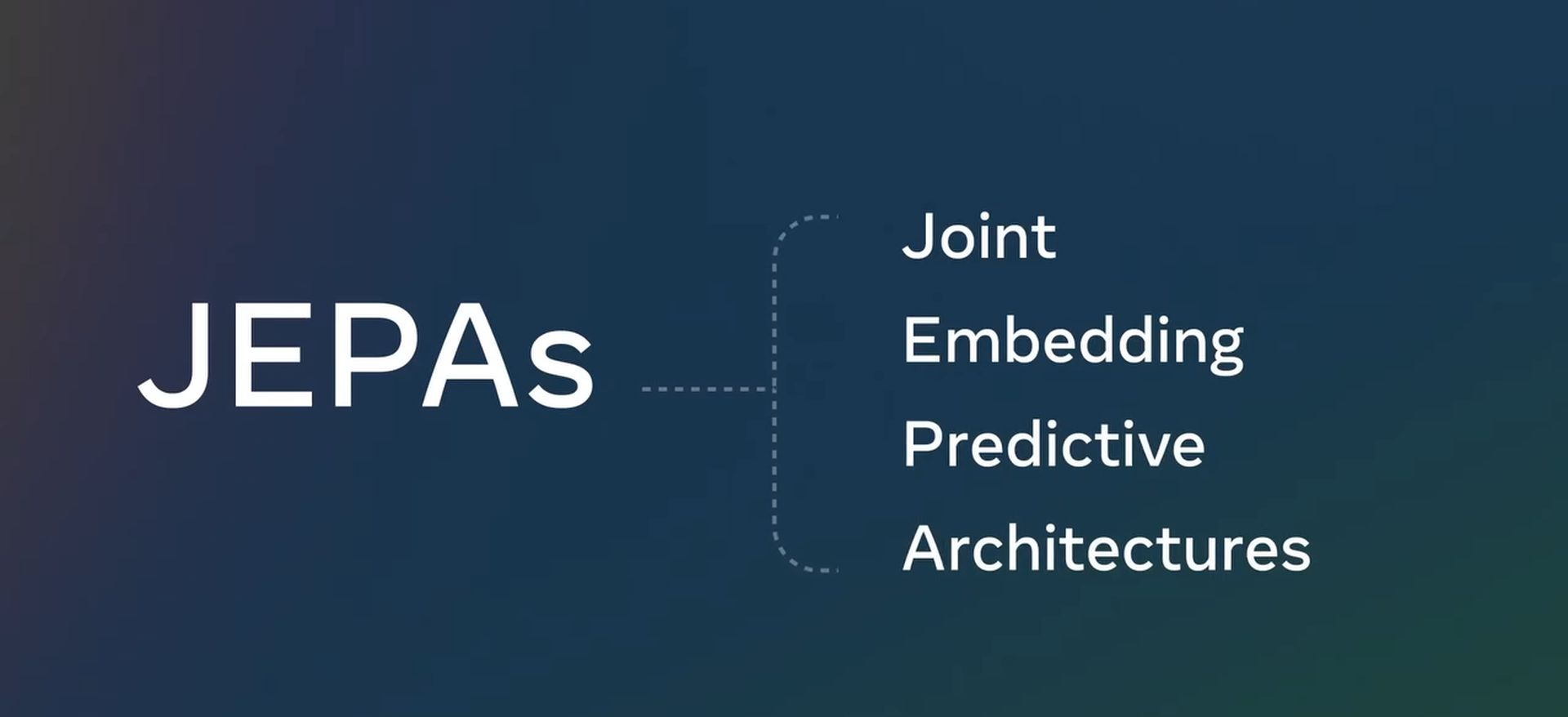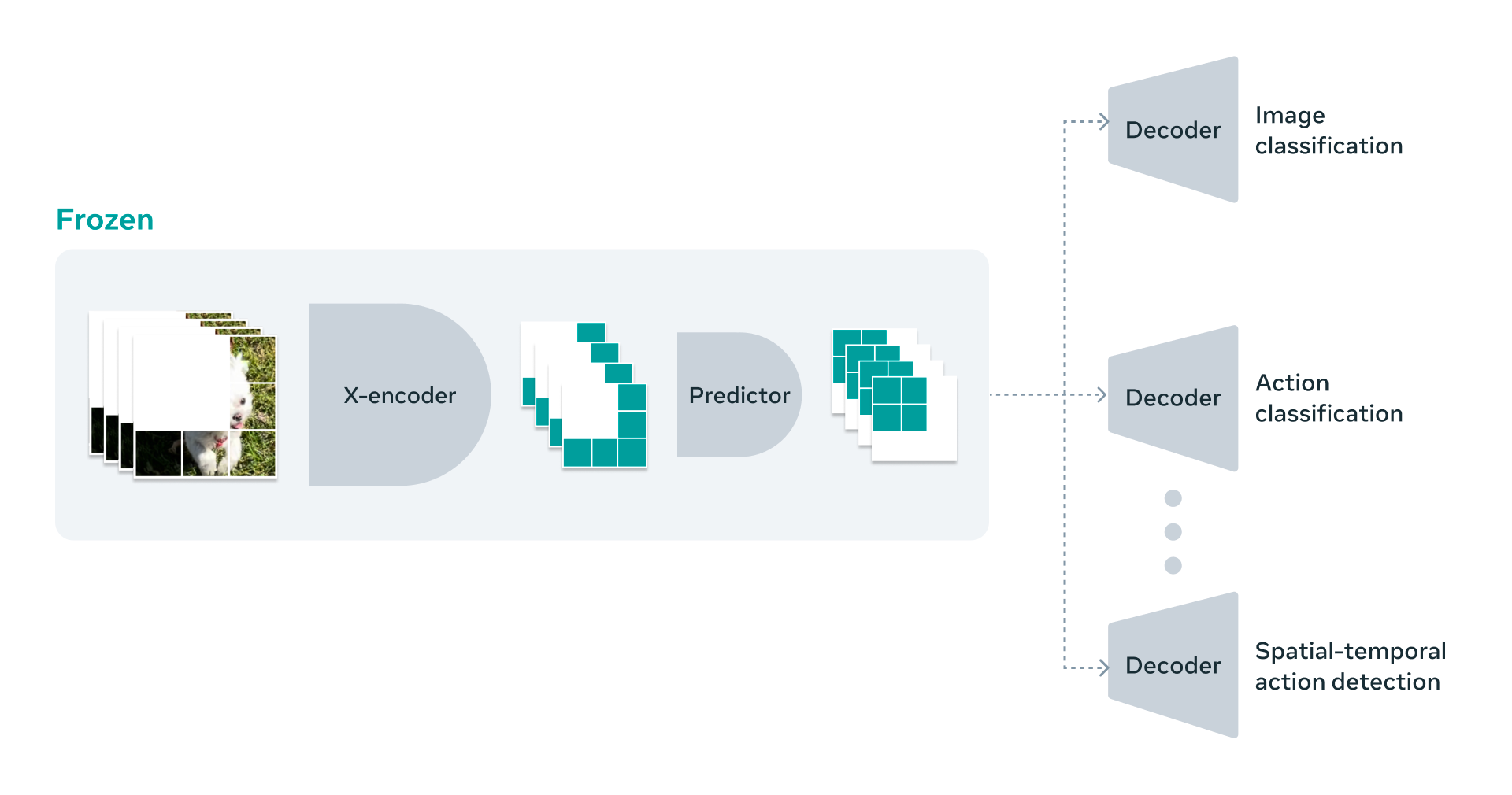Meta continues its stride towards human-like machine intelligence with the release of the Video Joint Embedding Predictive Architecture (V-JEPA) model. This innovative step aims to enhance machines’ comprehension of the world by analyzing intricate interactions within videos. Moreover, it aligns with the vision of Meta’s VP & Chief AI Scientist, Yann LeCun, to develop advanced machine intelligence.
Also Read: Google Introduces Gemini 1.5: The Next Evolution in AI Models
Unveiling V-JEPA
Meta publicly introduces V-JEPA, a non-generative model designed to learn from videos through self-supervised learning, predicting missing segments in an abstract representation space. This methodology differs from generative approaches, offering flexibility and efficiency in training, marking a significant advancement in AI technology.

Learning from Observation
V-JEPA’s learning approach mirrors human cognition, where understanding is acquired through observation. By analyzing unlabeled videos, the model discerns contextual information without explicit guidance, akin to how infants grasp concepts by observing their surroundings. This method accelerates learning and reduces resource dependency.
Also Read: Google’s BARD Can Now ‘Watch and Answer Questions’ about YouTube Videos
Enhancing Efficiency
Unlike traditional models requiring extensive labeled data, V-JEPA exhibits remarkable efficiency by learning from minimal examples. Its ability to predict missing parts of videos while focusing on conceptual understanding streamlines training, paving the way for broader applications across various domains.

Future Prospects
Meta envisions expanding V-JEPA’s capabilities by incorporating sound analysis and improving its temporal comprehension for longer video sequences. This evolution aligns with Meta’s commitment to advancing machine intelligence and fostering responsible open science by releasing V-JEPA under a Creative Commons NonCommercial license.
Also Read: Meta Launches New AI Features on Facebook, Instagram
Our Say
Meta’s V-JEPA model represents a paradigm shift in video understanding within the AI landscape. By simulating human-like learning through observation, this innovative approach improves efficiency and opens doors to diverse applications. It goes on to drive the trajectory towards advanced machine intelligence. As technology progresses, the integration of V-JEPA into AI systems holds promise for revolutionizing how machines perceive and interact with the world around them, marking a significant milestone in Meta’s pursuit of enhancing AI capabilities.
Follow us on Google News to stay updated with the latest innovations in the world of AI, Data Science, & GenAI.




